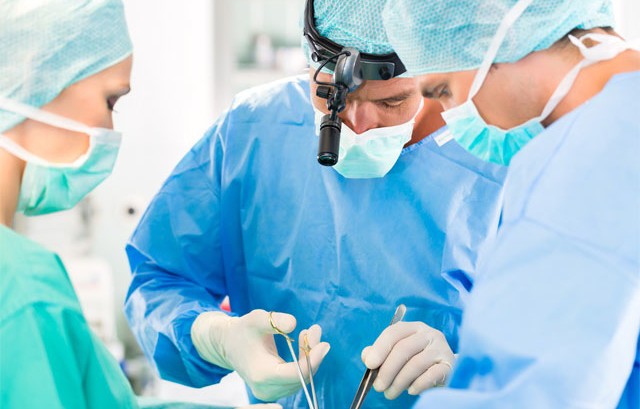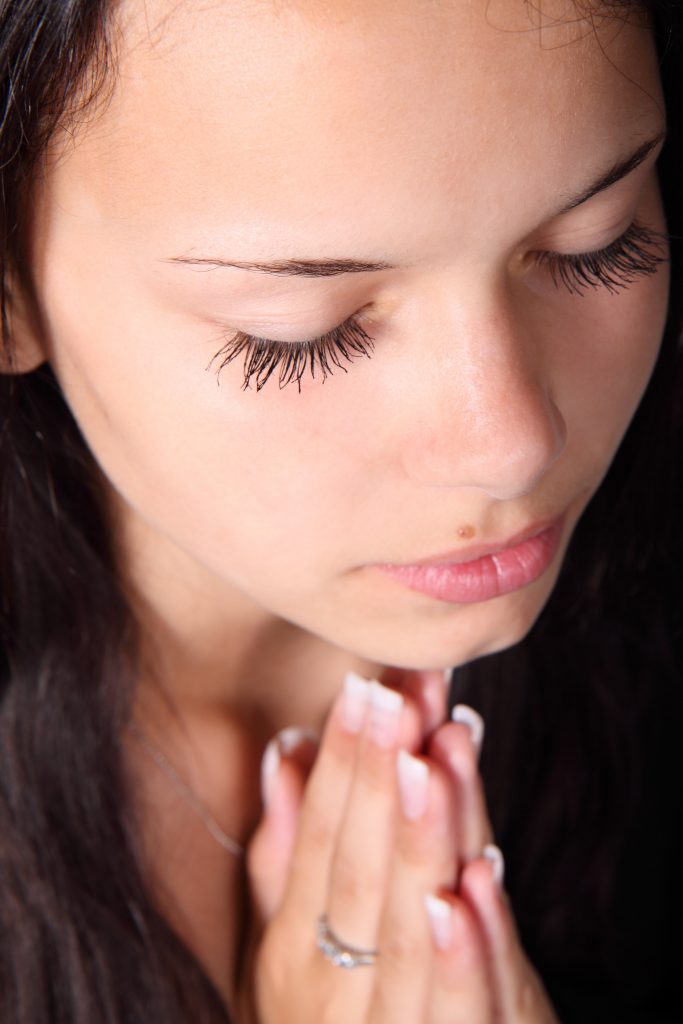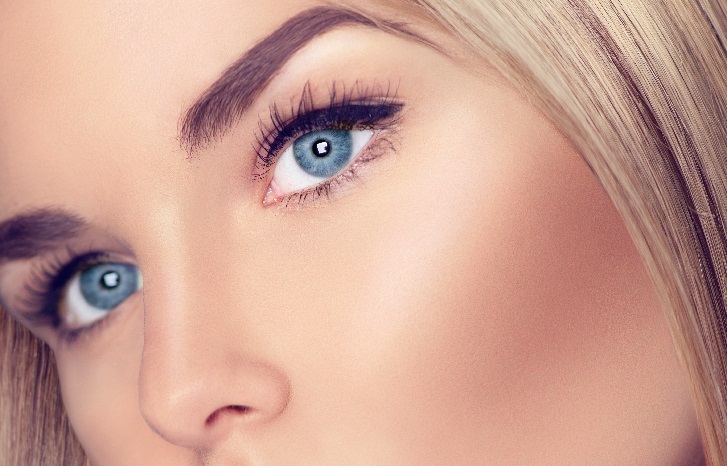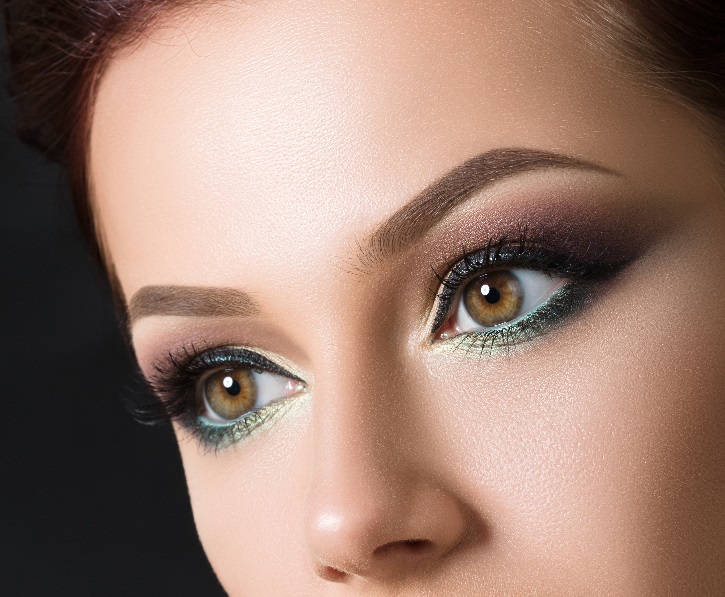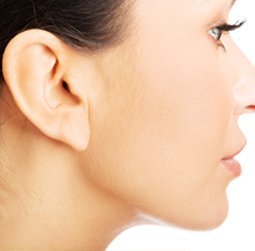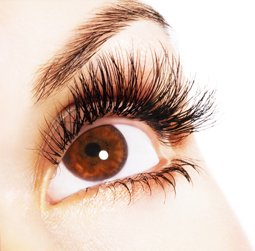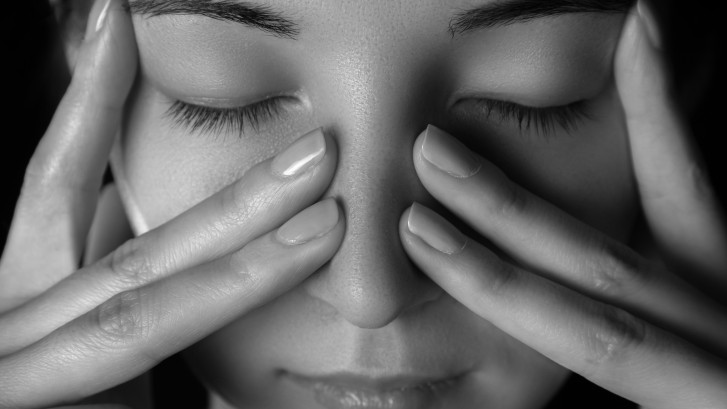Modern Myths of Plastic Surgery: Fact vs Fiction
Debunking the Myths in Facial Plastic Surgery
In the 21st century plastic surgery has become a cultural norm and a common fixture of popular media. From reality television to magazine covers and documentaries, the public has never been more aware of the ways that plastic surgery impacts patients and improves their lives.
Dramatic media portrayals offer a glimpse into the glamorous world of plastic surgery, but in fact, plastic surgery is a medical specialty with highly-trained physicians who are experts in reconstructive surgeries, restorative procedures, and cosmetic treatments.
Here is the truth behind some common myths and misconceptions about facial plastic surgery.
Myth 1: Facial Plastic Surgery and Facial Cosmetic Surgery Are The Same
The field of facial plastic surgery includes cosmetic surgery, but they are not necessarily the same. Plastic surgery includes reconstructive surgery, while cosmetic surgery is focused on rejuvenation or enhancing aesthetics.
So if you were to picture a Venn diagram, the circle for facial cosmetic surgery would be inside the circle for facial plastic surgery, and it would overlap with another smaller circle for facial reconstructive surgery.
Reconstructive surgery, while often undertaken for aesthetic purposes as well as health and functional purposes, is performed to correct a physical birth defect, or damage to the facial tissue from physical trauma or disease.
Additionally, not all plastic and cosmetic surgeons have the same medical training.
Plastic surgeons must have completed 4 years of medical school, 5 to 6 years of medical residency, with training in both general surgery and plastic surgery, and have passed the certification exam from the American Board of Plastic Surgery.
Cosmetic surgeons must have completed 4 years of medical school – 4 to 6 years of medical residency in one of three specialties: otolaryngology (ear, nose, and throat), dermatology, or ophthalmology – and completed a 1- to 2-year cosmetic surgery fellowship with advanced research and training.
Myth 2: Facial Plastic Surgery is All About Beauty and Vanity
Although facial plastic surgery encompasses rhinoplasty, Botox, and facelifts, plastic surgery is inclusive of everything from correcting birth defects such as cleft palates to incredibly delicate facial reconstruction after a traumatic injury to the face.
Plastic surgery is based on the philosophy and practice of repair, functionality and overall results after surgery, not just aesthetics. The mental well being, health, and happiness of the patient is the utmost priority of a good facial cosmetic physician seeking to help their patient achieve the most aesthetic and desirable result.
If it’s possible to correct or improve an aspect of a person’s facial appearance that causes them anxiety, depression, or embarrassment, then facial plastic surgery can be a very welcome improvement in their confidence and their quality of their life.
Myth 3: Facial Plastic Surgery is Only for Women
It is certainly true that women are traditionally a majority of plastic surgery patients. Men are, however, turning to plastic surgery in increasing numbers. The latest statistics from the American Society of Plastic Surgeons show that men are more aware of the benefits of cosmetic procedures than ever before, and more interested in undergoing a procedure.
Since the year 2000, the number of men undergoing a cosmetic surgery procedure has shot up by 28 percent, and this trend is expected by industry experts to accelerate in the years to come. Cultural changes are favoring men who look more aesthetic rather than weathered or rugged. The most advance facial plastic surgery procedures in the industry’s history can give men a rejuvenated and naturally youthful appearance safely and more easily than ever before.
Myth 4: Facial Plastic Surgery Leaves No Scars and Lasts Forever
While facial plastic surgery for scarring can actually make scars look better, more refined, and smaller, most types of plastic surgery will generally result in some type of minor scar formation. The best way to minimize scarring is to follow through with pre-operative and post-operative care and instructions. For example, smoking can compromise a patient’s ability to heal well from the surgery.
If you do smoke, your cosmetic surgeon may instruct you to quit smoking weeks in advance of the procedure. (And any physician will heartily encourage you to quit smoking forever.)
Plastic surgery is long lasting and can give you many years of an enhanced, improved, rejuvenated look, but it is not yet able to deliver truly permanent results. Depending on the procedure, the patient’s body, individual care, and follow through, many factors can determine how long the results will last.
About Dr. William J. Binder
Dr. William J. Binder is a facial plastic surgery specialist with over three decades of experience with facial plastic surgery.
For almost three decades, his individualized philosophy and approach to facial plastic surgery has led him to pioneer new techniques for facial surgery procedures and earned him international acclaim for his results.
If you want your facial plastic surgery performed by one of the world’s leading cosmetic surgeons, contact Dr. Binder’s office today to schedule an initial consultation.

